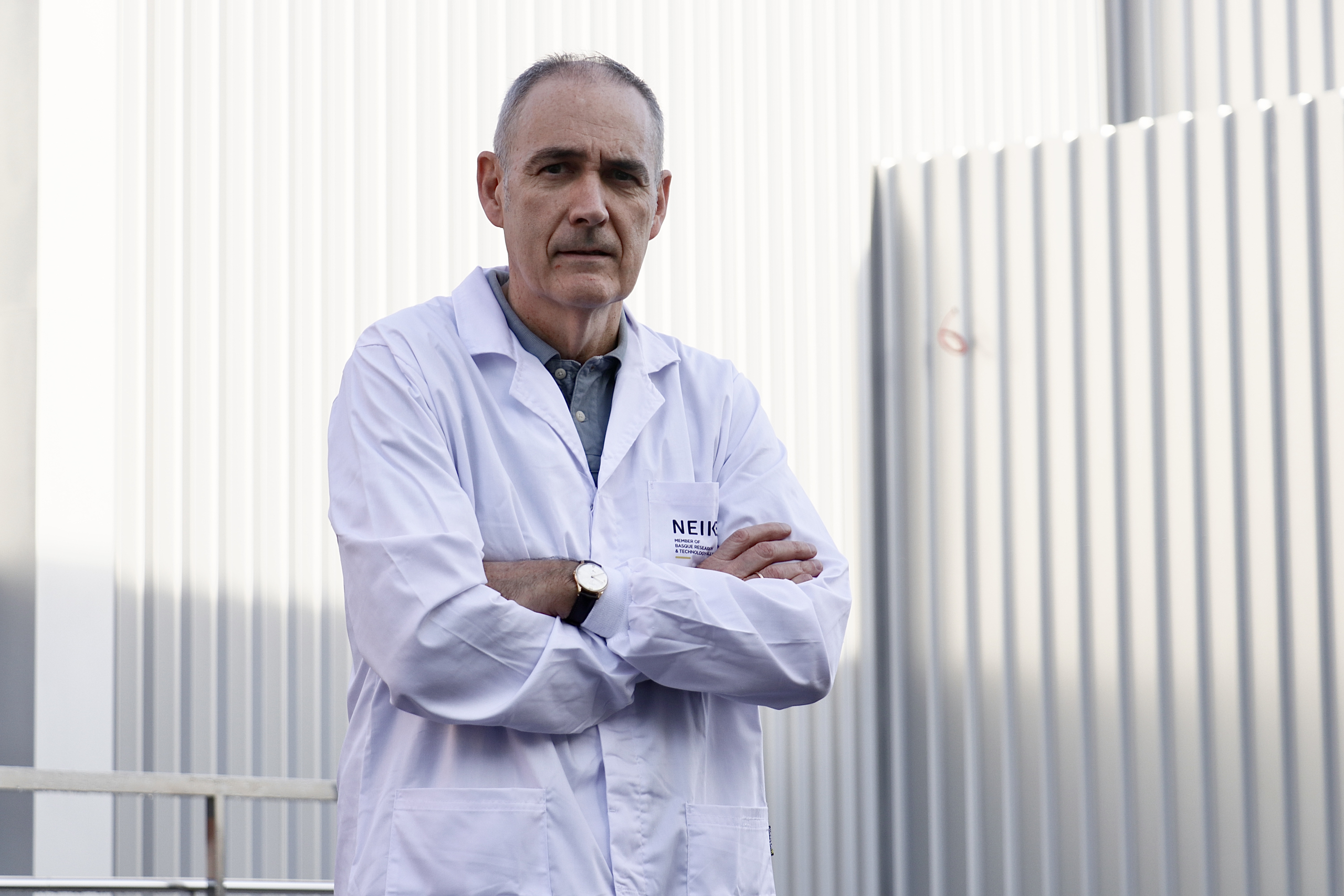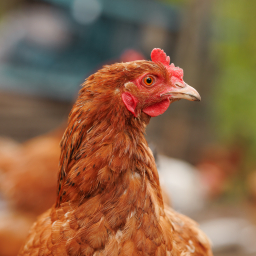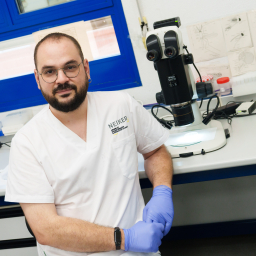NEW
Joseba Garrido: ‘Thanks to NCB3 laboratories, we can contribute to the surveillance and control of animal diseases’
10 November 2025
NEIKER has recently completed the refurbishment of its NCB3 laboratories, high biosafety facilities that enable the study of pathogens posing a high risk to animal health and also to public health. Joseba Garrido, head of the Animal Health Department at the technology center, explains the importance of these laboratories in advancing the development of vaccines, new diagnostic techniques, and studies on the pathogenesis of animal diseases, consolidating the center as a national and European benchmark in animal health.
To begin with, we would like you to explain to us, from your technical point of view, what defines an NCB3 laboratory.
Microbiology and biomedicine laboratories are organized into four safety levels, from 1 to 4, depending on the risk posed by the agents they work with. This risk is assessed by considering factors such as how contagious the agent is, the severity of the disease it can cause, how it is transmitted, and whether treatments are available. Level 3, or NCB3, is for pathogens that can spread through the air and cause serious infections, although in most cases treatment is available.
From an infrastructure standpoint, these laboratories are designed so that nothing—not air, effluents, materials, equipment, or people—leaves without undergoing a safe decontamination process. To achieve this, high-efficiency filters, effluent treatment plants, and double-door autoclaves are used to safely sterilize the material. In addition, the facilities operate under negative pressure, meaning that air always enters rather than exits, passing through filtration systems before being released, and airtight doors ensure that each area of the laboratory is perfectly sealed.
But the structure alone is not enough: safety also depends on work protocols and highly qualified staff. Personnel are trained in the use of personal protective equipment and are fully aware of the risks associated with the pathogens they handle.
NEIKER has had these facilities for some time. How important have they been and what do they contribute to the center’s research?
We have had an NCB3 facility since 2002. It was originally built to address the diagnosis of “mad cow disease,” but today it is essential in lines of research such as animal tuberculosis, avian influenza, and Q fever. Here we develop new vaccines, diagnostic techniques, and pathogenesis studies that deepen our understanding of these diseases.
These facilities have enabled us to access competitive public funding from Spain and Europe and to carry out essential diagnostics in wildlife and domestic livestock disease surveillance and control programs.
A major renovation has recently been carried out. What did it involve and what improvements does it bring?
The renovation has been comprehensive, increasing the surface area by 200 m². We now have specific laboratories for each line of work, new areas for experimentation with laboratory animals and large animals, complying with the latest animal welfare standards.
Technically, the facility is safer and more efficient thanks to the redundancy and optimization of the equipment. We have also improved energy efficiency by incorporating geothermal energy into the air conditioning system. Taken together, these improvements allow us to work more safely and efficiently, and to adapt to current and future needs.
What new uses or possibilities does this remodeling open up for animal health research?
It positions us as a leading facility at the national and European level. Most importantly, it allows us to maintain our current lines of work and open new ones, preparing us for future threats, many of which are associated with pathogens that require biosafety level 3 for analysis.
In addition to conducting its own research, what opportunities for collaboration do these facilities offer to other entities?
Before the renovation, we were already collaborating with other groups, but now the new layout, with five laboratories and new animal facilities, allows us to incorporate more research teams in an orderly manner. These facilities are particularly sought after by pharmaceutical companies in the veterinary sector that need to test prototypes on large animals. This makes us more attractive to research centers and companies at the European level, opening up new sources of funding and optimizing the use of the infrastructure.
Finally, what message would you convey to society about the importance of these facilities?
NEIKER has a strong scientific reputation, and our goal is to find solutions to diseases that have a major impact on livestock, especially zoonotic diseases. These facilities and a highly qualified team allow us to conduct rapid and reliable research into new diseases. Since 2015, we have been part of the Biological Alert Laboratory Network (RE-LAB), which supports the National Security System against biological risks. In short, having NCB3 laboratories is essential for protecting both animal and public health.






